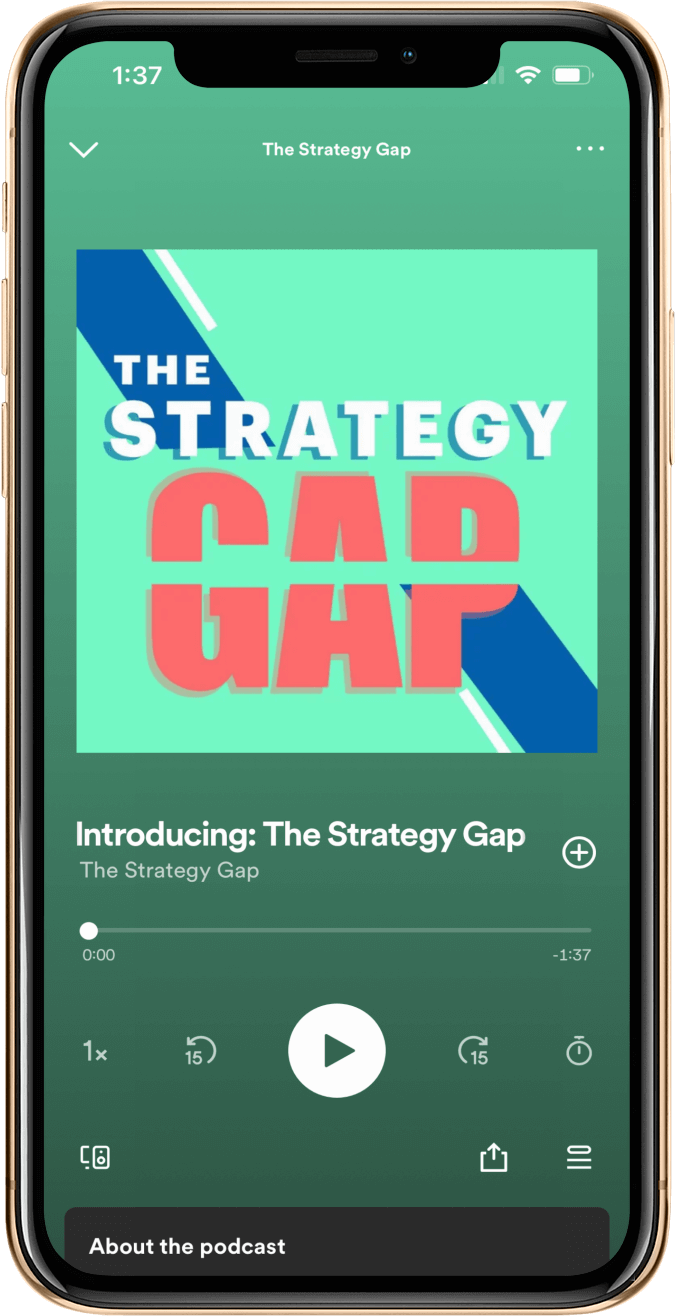The healthcare industry is a vast space, and the companies working in the field are large and complex. When quality care and service are the top priorities, how can companies kickstart strategic plans while the field is undergoing massive changes?
Teresa Paterson, Strategy and Growth Leader, has spent nearly two decades in the world of healthcare. Teresa has a proven track record of optimizing sales, implementing strategic plans, and driving organizational transformations spanning from startups to Fortune 500 companies.
Healthcare is moving from a fee-for-service model to value-based care
In the fee-for-service model when patients see their physician, there is a billing code responsible for reimbursing the physician for everything he/she does during the exam.
“With the cost of healthcare rising, insurance have had to cut the reimbursable amount for those codes. So, physicians and healthcare providers are having to shorten the time spent with each individual person and cut out essential preventive care questions to get more patients seen in an hour to make the same amount they used to make,” Teresa says.
That system is no longer working. Crucial factors are being missed by providers. Medical attention has become more expensive for patients, as treating a disease is more costly than preventing one.
The industry is, instead, moving to value-based care, a system focused on whole-person healthcare and preventative care.
“I’ve seen this shift throughout my nearly two-decade journey, and it has been a very interesting ride. From my perspective, there is a lot of frustration from the provider side because it requires a lot of time and resources, but something has to happen. Otherwise, our healthcare system will not survive,” Teresa says.
Implementing a new, value-based strategic plan
For larger corporations in the healthcare space, the shift to value-based care is of the top priority. How can leaders, in healthcare and beyond, work to motivate their teams to embrace the strategic plan when the industry is changing? Teresa shares a few tips.
Empower employees with advancement opportunities
As a team member for a large, value-based healthcare organization, the sky is the limit for career advancement.
As leaders, understanding the ambitions of your employees (and helping them formulate a clear vision for their next five to ten years) is crucial for success.
That begins with involving them in the planning process for their own professional development. Instead of looking at them as a mere employee, view them as continuously advancing members of the organization.
While navigating change will be difficult, your team needs to remain encouraged and motivated to reach the desired end result.
Communication is key
According to the Project Management Institute, 85% of an effective project manager’s job is simply communication.
While communication comes in a wide variety of forms, including scheduled communication in your plan is a step that is often overlooked — and the results can become disastrous.
Whether it be a scheduled update each week through a memo, an email once a month, or a quarterly roundtable meeting, designating the mode and cadence of communication will help to keep your plan on track (and your team in the loop).
Apart from scheduled communication, Teresa adds that communication is a two-way street. Having your team communicate back to you is equally important. Holding an open-door policy for them to address concerns is a good start.
“This takes a little bit of humility in the leadership roles. You lean on your team members for their input, and they feel valued because they are valued. You’re not faking it,” Teresa says.
How do you make this culture shift? Teresa actively seeks out input from her team by calling them in to discuss dilemmas and considerations.
If a leader has been in a leadership role for 20 years, they have probably grown out of touch with the day-to-day factors facing those on the frontlines. By actively pulling in the team for input, an open dialogue can be formed — simultaneously transforming culture and gaining tons of valuable information.
Navigating high and low performers
Teresa recommends setting a clear-cut, obvious level of accountability across the board to distinguish between higher and lower-performing team members.
High-performing team members should be pulled in for advice and input, and lower-performing team members should be approached with concerns — and Teresa believes the carrot is better than the stick.
While this system should not delve into favoritism, it will give lower-performing employees the recognition and guidance they may need to step out of their comfort zone and achieve their goals.
Connecting the dots from the frontline to the bigger picture
Many frontline employees are devoted to the tasks at hand. This is especially true for frontline employees in the healthcare industry, as their day-to-day responsibilities account for saving lives.
They may not see how their roles and responsibilities can connect to bigger-picture concerns, such as usage rates and ROI. As leaders, it is our responsibility to help them understand how their role impacts end results for the organization.
The Project Management Institute says that, if an employee can articulate the initiative they are working on, the initiative boasts a 73% likelihood of being successful.
From initiatives such as a 25% fall reduction in a hospital to a 5% quarterly ROI boost, connecting bigger-picture ideals to individual roles is crucial for success.
Interested in learning more? Listen to our latest conversation with Teresa, where we discuss communication tips and tricks to boost your strategic plan, how to maintain long-term momentum and buy-in, and more. Listen on Apple Podcasts, Spotify, or your favorite podcast player.
Listen to The Strategy Gap
A podcast about the space between savvy strategy and practical execution, including everything that can go wrong on the way.




